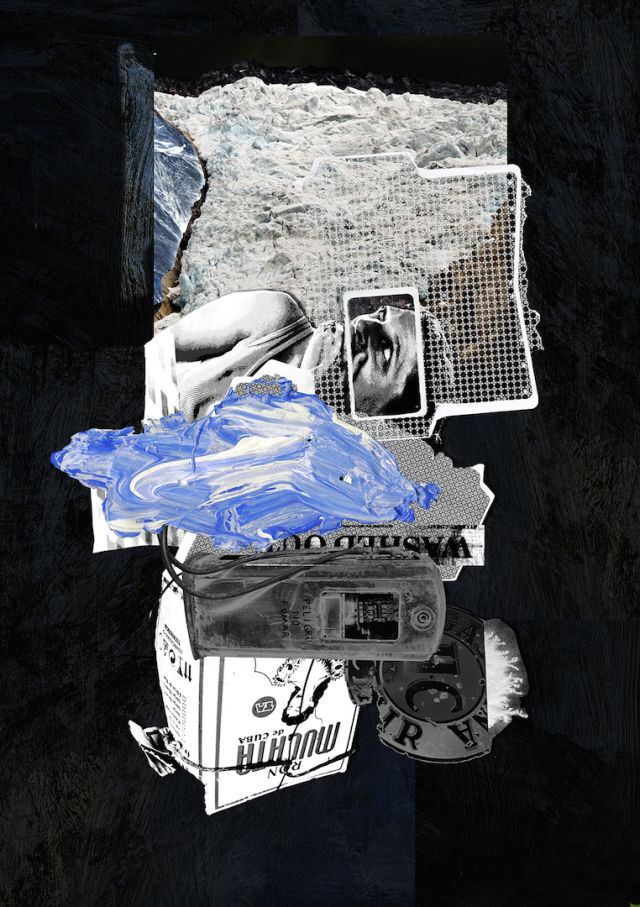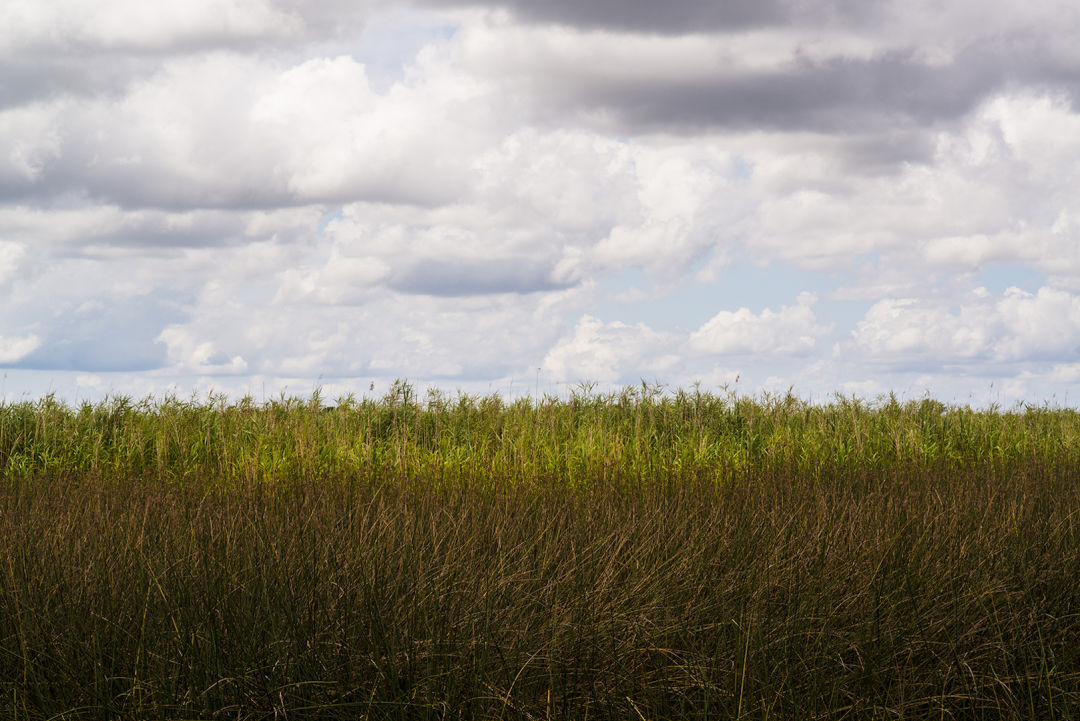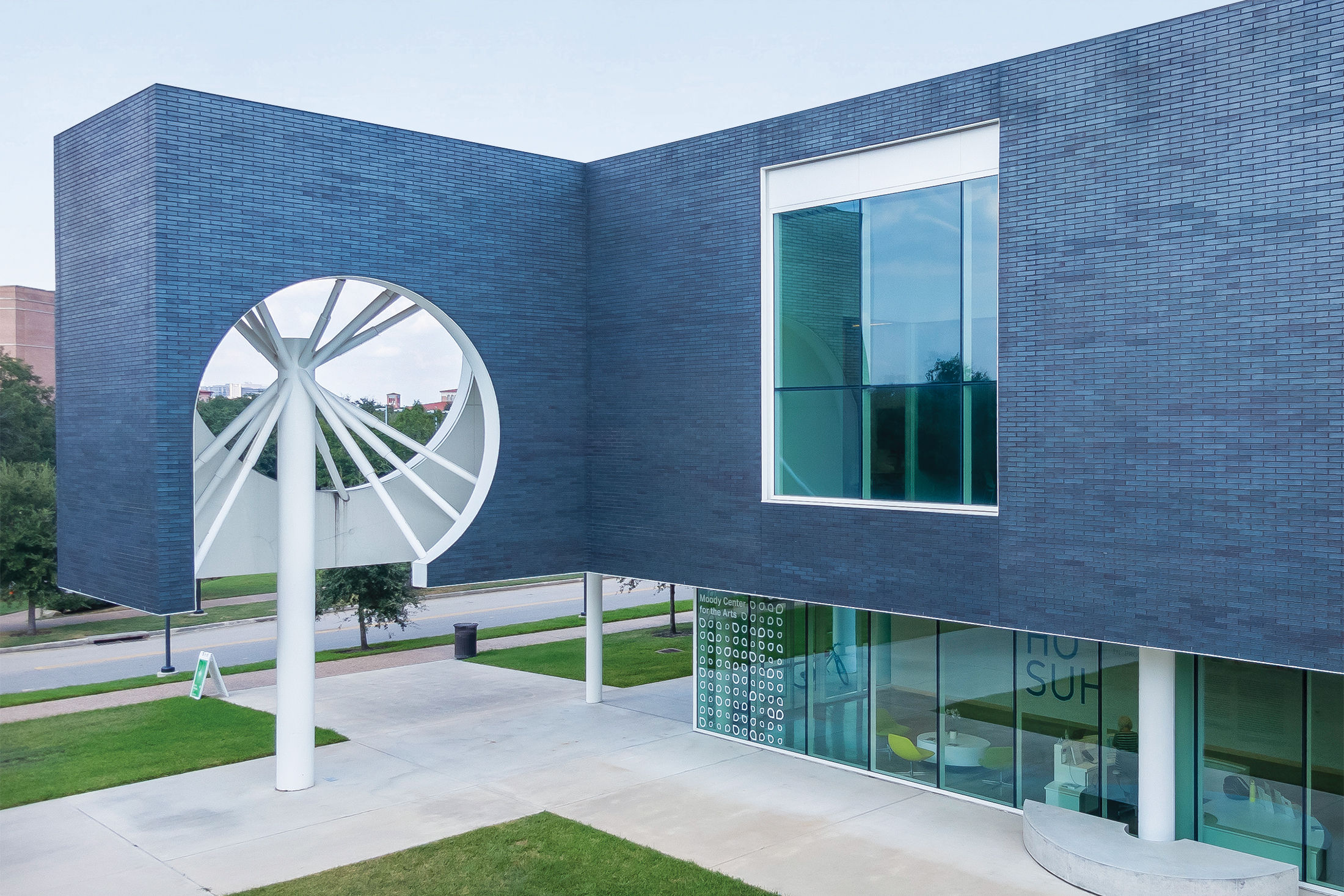When the Ice Melts: The Aftermath

Cara Barer, “Washed Out” photomontage and mixed media on canvas, 34” x 24”
Image: Cara Barer
Cranes line the horizon as the sun sets over Houston—a sign of prosperity and expansion for the Bayou City. The metropolis has seen many changes over the last 10 years as oil prices have soared and profits have steadily rushed into the local economy. Not all of these changes have been accepted with generous approval, however. Local artist and photographer Cara Barer has felt some of the negative effects of the construction as much of her local wilderness have been redeveloped or rearranged. Her exhibit, When the Ice Melts, part of this year’s FotoFest Biennial, is a visual commentary on the influence that the constant growth of our culture has on the environment.
“I saw an old phonebook in the street that had been warped by rain, I immediately thought of sculpting and painting my own books,” says Barer, who hangs her work along with select works from Frank Sherwood White at Nicole Longnecker Gallery.
Cara claims to be an artist first and then a photographer, although photography is her primary weapon of choice. Her signature craft comes in the form of sculpted and painted books that are built out of various materials. Recently her work has taken more of a post-apocalyptic hue in the form of digital images spliced together. These images collectively form wastelands and catastrophic depictions of colliding nature and consumer culture.

Frank Sherwood White, “Intercoastal Highway Louisiana” archival pigment print, 24” x 36”
Image: Frank Sherwood White
Frank Sherwood White's Movement in a State of Rest features vivid colors and drastic lines that lead the viewer to a desired point in his environmental photographs. “The first day I started taking pictures, I decided that I wouldn't be boxed in by a style,” says White. Frank speaks with a clear and decisive tone much like the lines in his photos that convey his profound and assertive style. His work is the perfect dichotomy to his counterpart for this showing. Frank teaches photography to students studying architecture at Rice University. “Lines are the most fundamental elements of art. Complex or simple, they are a basic building block for visual perception, and where they go, the eye follows.”
Gallery owner Longnecker had no easy task when it came to curating these two extremely contrasting photographers, but was immediately struck with the juxtaposition of Barer and White’s artistic styles. “[She] saw the opening to put these two artists together and the art doesn't mingle,” notes Brad Barber, PR manager for the Longnecker Gallery, “but there is a thread that runs through that she pulled out of thin air."




